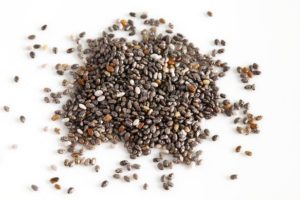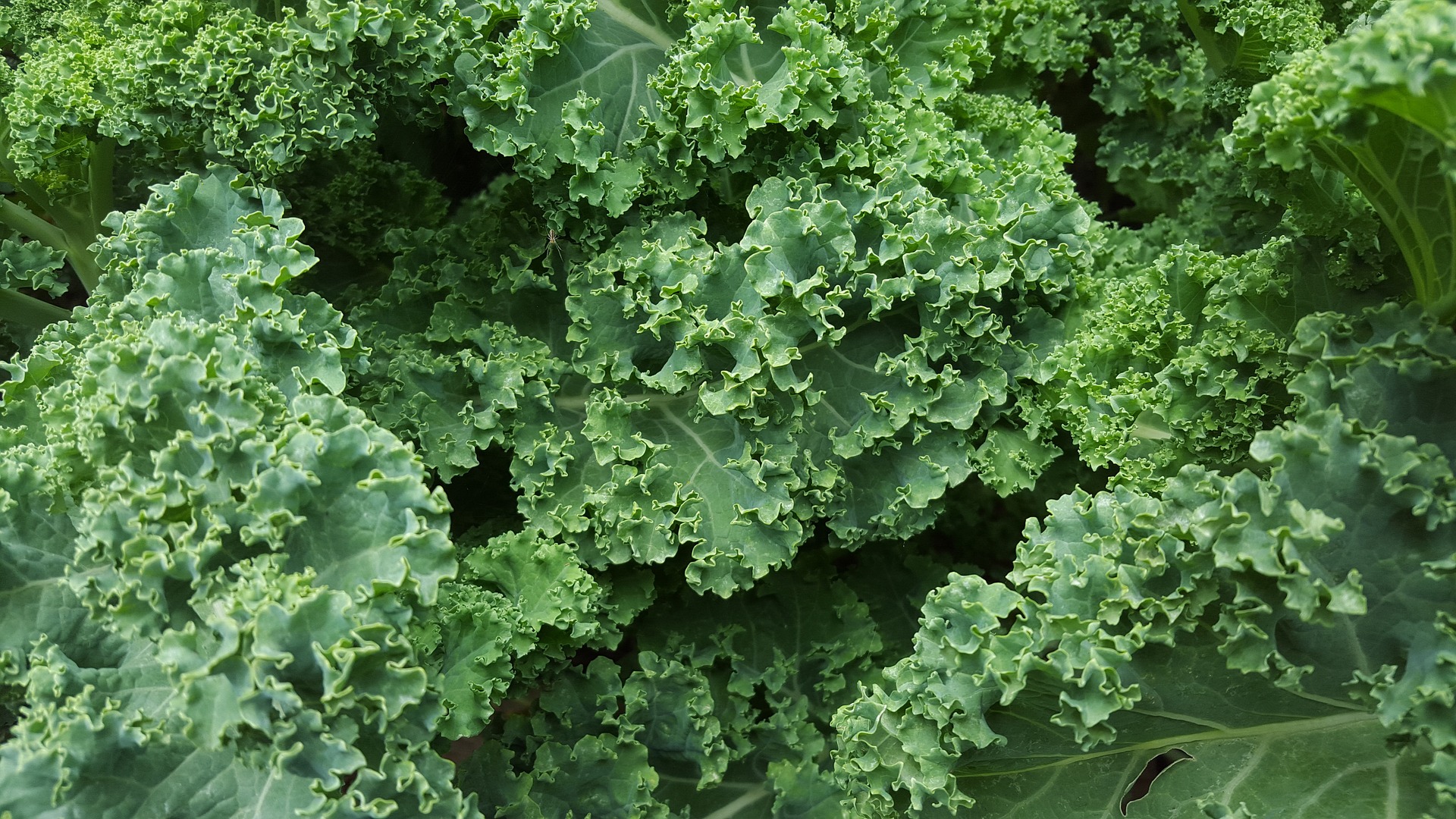What do you call an obscure food that is new to the typical North American diet, from a distant land, that claims amazing health properties? It’s a super food! Foods like goji berries from China or chia seeds from Mexico have become overnight sensations. Super foods promise super health benefits, but as you might have suspected, there is no medical or scientific basis for this label. Super foods are the brainchild of the food industry, a concept used as a marketing tool to create consumer demand. And this labeling works: the super food market means big money. In 2014, it was estimated that the demand for super foods would reach $130 billion. In this article, the latest crop of super foods will be critiqued.
 Chia seeds: When chia seeds came on the market as something to eat, I was perplexed. How does a goofy chia pet transform into a super food? Today, chia seeds are found in everything from drinks, bars, to crackers, and more. Chia seeds are rich in omega-3 fatty acids, fiber, iron, magnesium, and calcium. Chia seeds have been marketed as having health benefits, such as decreasing blood pressure and blood sugar, and weight loss. These health claims are not backed up by real science. The bottom line is that chia seeds are a nutrient rich food, but these nutrients are also provided by other nuts and seeds, like walnuts and flaxseed as well.
Chia seeds: When chia seeds came on the market as something to eat, I was perplexed. How does a goofy chia pet transform into a super food? Today, chia seeds are found in everything from drinks, bars, to crackers, and more. Chia seeds are rich in omega-3 fatty acids, fiber, iron, magnesium, and calcium. Chia seeds have been marketed as having health benefits, such as decreasing blood pressure and blood sugar, and weight loss. These health claims are not backed up by real science. The bottom line is that chia seeds are a nutrient rich food, but these nutrients are also provided by other nuts and seeds, like walnuts and flaxseed as well.
Coconut water: Coconut water is the clear fluid inside of young, green coconuts. Coconut water has been marketed as a sports drink. Coconut water is rich in electrolytes, however, its electrolyte content may not be sufficient to replace those lost in sweat. Specifically, it is low in sodium—the primary electrolyte lost in sweat—and therefore coconut water is not recommended as a sports drink.
Kale: There is no doubt that kale is nutrient packed. Kale is rich in vitamins A and K. It contains calcium, vitamin B6, potassium, iron, fiber and protein. But kale is not a healthier choice than other greens, such as watercress, romaine lettuce, endive, and collard greens. So if you can’t stomach the bitter taste of kale, try other leafy greens.
Quinoa: Between 2009 and 2012, imports of quinoa increased by more than 500%. This ancient grain, new to Americans, deserves the spotlight. Cup for cup quinoa has more protein, fiber, and micronutrients (magnesium, iron, zinc, folate, and potassium) than brown rice. Brown rice may have more vitamin B3, manganese, and selenium but quinoa also contains all nine essential amino acids. Quinoa is a winner and a good substitute for other grains.
Hemp: Hemp is the close cousin of marijuana. Like marijuana, it is part of the cannabis family but hemp contains only traces of the psychoactive ingredient, THC. Hemp is a versatile crop and can be used to produce fabric, ropes, oil, and food products. Foods made with hemp are rich in omega-3 and -6 fatty acids, vitamin E, magnesium and iron. On the downside hemp products are high in calories and low in the essential amino acid leucine. Without adequate amounts of leucine, hemp food products are not recommended as the sole source of dietary protein. Lean meats, low fat dairy, eggs, and soy are better sources of protein as they contain all the essential amino acids and are considered “complete” proteins.
Unpasteurized milk and milk products: Pasteurization kills off raw milk pathogens without a significant impact on its nutritional quality. Raw milk has been touted as curing lactose intolerance, a treatment for asthma, preventing osteoporosis and promoting intestinal health. The FDA has investigated these claims and finds no evidence to support them. Unpasteurized milk and products are not safe, have no benefit, and are not recommended.
We would all like to believe in super foods, but not one single food will transform your diet. Some items marketed as super foods are nutrient rich, like kale and quinoa, but there are so many deserving foods that are overlooked. The Center for Disease Control has been working on a scientific rating system for foods. “Powerhouse” fruits and vegetables are those “most strongly associated with reduced chronic disease.” At the top of the list is watercress! The rest of the top ten are: Chinese cabbage, chard, beet green, spinach, chicory, leaf lettuce, parsley, romaine lettuce and collard greens. To be the healthiest you, it doesn’t take eating bizarre, expensive foods that don’t even taste good. Eating healthy boils down to a simple concept: Eat lots of fruits and vegetables, make sure these fruits and vegetables are as dark leafy green and colorful as possible (think yellow, orange red), explore the cruciferous vegetable group (broccoli, cauliflower, cabbage, etc.) and enjoy!





